Your Kitchen Cling Film Is a Secret Workshop Superhero
You know, after spending decades working with all sorts of materials, from fancy industrial polymers to everyday household stuff, you start to notice a pattern. The most genuinely useful tools are often the ones we completely take for granted. I’ve got equipment in my workshop that costs a small fortune, yet it’s often a simple roll of cling film that saves the day.
In this article
Most of us see it as something to cover last night’s leftovers. But when you look closer, you’re holding a versatile, non-porous, moisture-proof sheet of material with a natural static charge. And honestly, that opens up a world of possibilities outside the kitchen. It’s not about finding gimmicky ‘hacks,’ but about understanding the material you’re working with and using it with purpose. It’s basic science, put into practice.
So, let’s pull back the curtain on how the pros use this simple roll to save time, prevent damage, and get cleaner results. We’ll cover how it can be a lifesaver in your workshop and during home projects. But I’ll also be very straight with you about its limits and when using it is a downright bad idea. A true pro knows when not to use a tool, right?
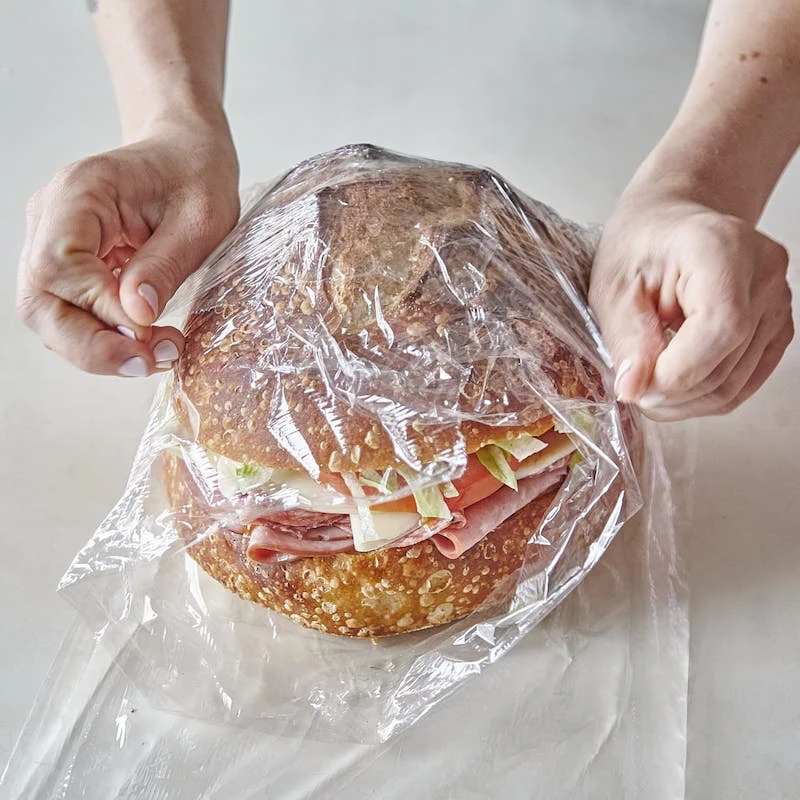
So, Why Does This Stuff Actually Cling?
Before we jump into the fun stuff, it helps to know what we’re dealing with. Calling it ‘plastic wrap’ is totally fine, but understanding a tiny bit about the material itself is the key to unlocking its real potential.
The Two Types of Film You’ll Encounter
The cling film you grab at the grocery store is almost always made from Low-Density Polyethylene (LDPE). It’s flexible, food-safe, and gets its cling from a natural static charge. It’s a pretty gentle cling, which is why it can be a little fussy to get a perfect seal on a bowl sometimes. Good to know: You can usually confirm this on the box. Most brands like Saran or Glad will proudly state they’re LDPE and BPA-free. If it doesn’t say, you can be pretty confident it’s the modern, safer LDPE stuff.
The other type, which you’ll rarely find for home use anymore, was made from PVC. It had a much stronger cling because of certain additives, but those raised some health questions. Today, the heavy-duty stuff you see in restaurants or for professional use is where you might still see PVC, but for everything we’re talking about here, standard kitchen LDPE film is perfect.
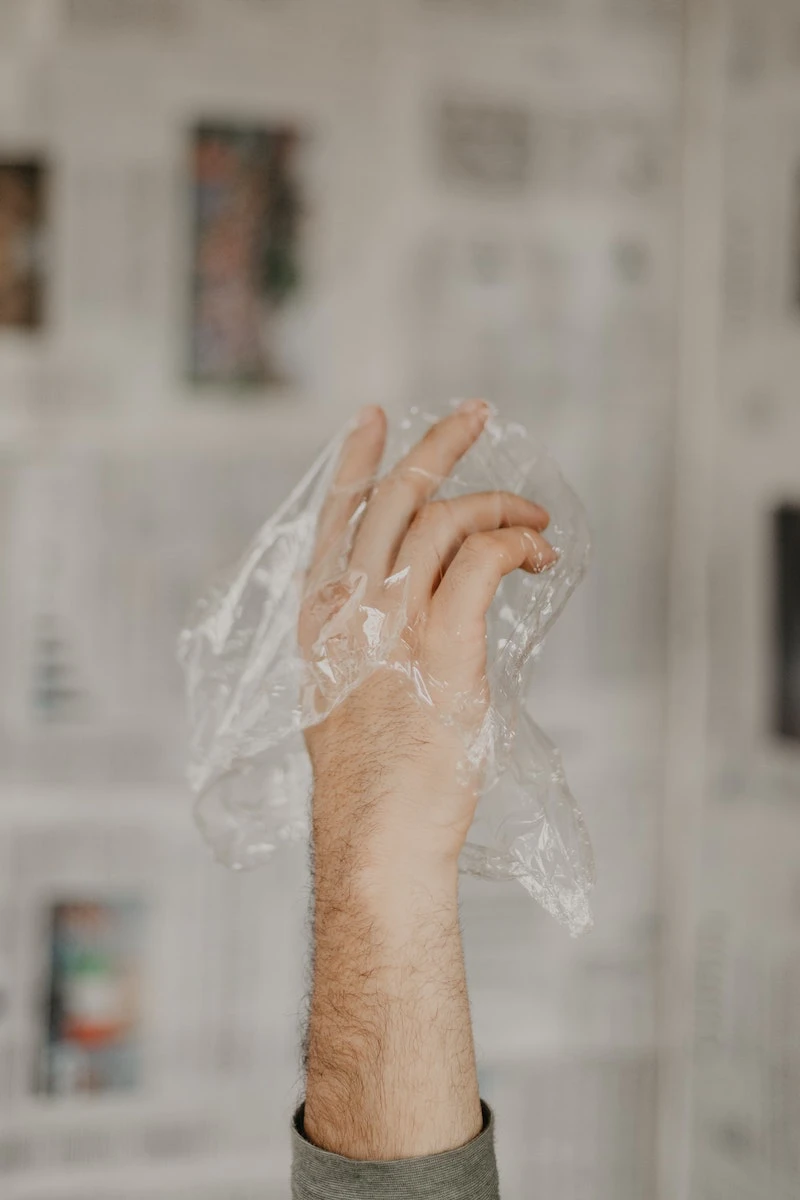
By the way, you can also buy that professional-grade film. It’s often sold as “Catering Film” or “Food Service Film.” A standard kitchen roll might cost you $3-$5. But you can get a massive 2,000-foot roll of 18-inch wide catering film for between $25 and $35 at a place like Costco, Sam’s Club, or a restaurant supply store. The upfront cost is higher, but the per-foot cost is ridiculously cheap. It’s also thicker and more durable, which is awesome for workshop projects.
What Makes It So Useful?
It all comes down to a few key properties:
- It’s a Moisture Blocker: This is its main job. It’s great at stopping water from getting in or out. In the workshop, this means protecting a tool from humidity or keeping a wet paintbrush from drying out.
- It Lets Some Gases Through: This is a crucial one. While it blocks water, it’s not a perfect barrier for gases like oxygen. This is why it’s not the best for long-term freezer storage (it lets oxygen in, causing freezer burn), but it’s fantastic for slowing down a chemical process, like paint drying.
- Static is Its Superpower: That gentle cling is from weak electrostatic forces. This is what allows it to stick to itself and to smooth surfaces without any tape, creating a sealed, form-fitting layer of protection.
- It Resists Most Chemicals: Polyethylene can handle common stuff like water-based paints, oils, and most cleaners just fine. However, really harsh solvents can degrade it, so always be mindful of what you’re wrapping.
See? When you know this, you’re not just guessing. You’re strategically creating a moisture barrier to stop evaporation. You’re using its static to mask an object perfectly. That’s the difference.
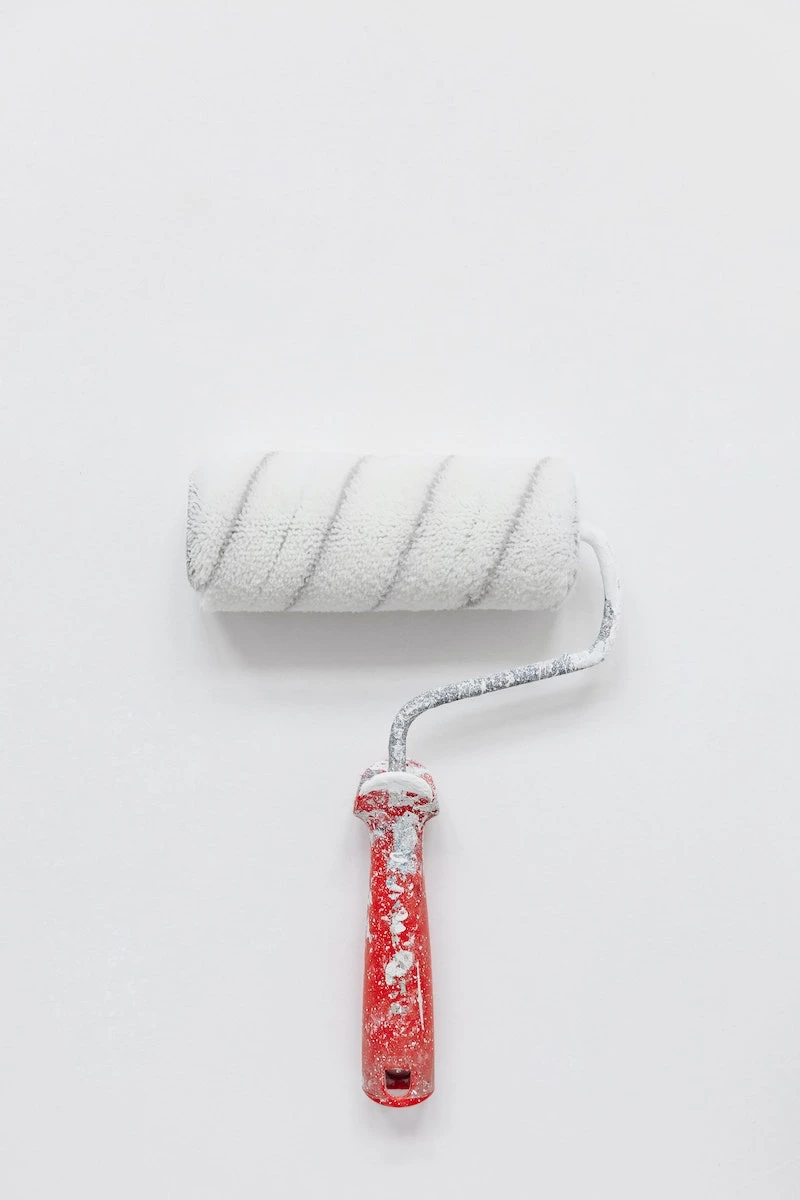
Pro-Level Moves for Your Workshop
In any professional environment, being clean and efficient is the name of the game. Cling film is an unsung hero for both.
1. Keep Paint Brushes and Rollers Fresh for Days
This is probably the most well-known trick, but there’s a right way to do it. When you’re pausing a paint job, squeeze as much paint as you can back into the can. Then, wrap the brush head or roller cover tightly in two or three layers of cling film.
Quick tip: The goal is to create an airtight seal. You have to press the film right against the bristles or nap to force out all the air. I’ve seen people leave a big air pocket, and they come back the next day to find a skin has formed on their brush. Defeats the whole purpose!
For a break of a few hours or even overnight, this method is rock-solid. I’ve had to stop a job suddenly and come back two days later to a brush that was still perfectly wet. If you need to go longer than that, I’d double-wrap it and pop it in the fridge (not the freezer!). The cold slows everything down even more. Heads up! If you’re using oil-based paints, remember that solvent-soaked rags can be a fire hazard. A wrapped brush is fine for a short time, but never leave a pile of solvent-soaked materials bunched up.
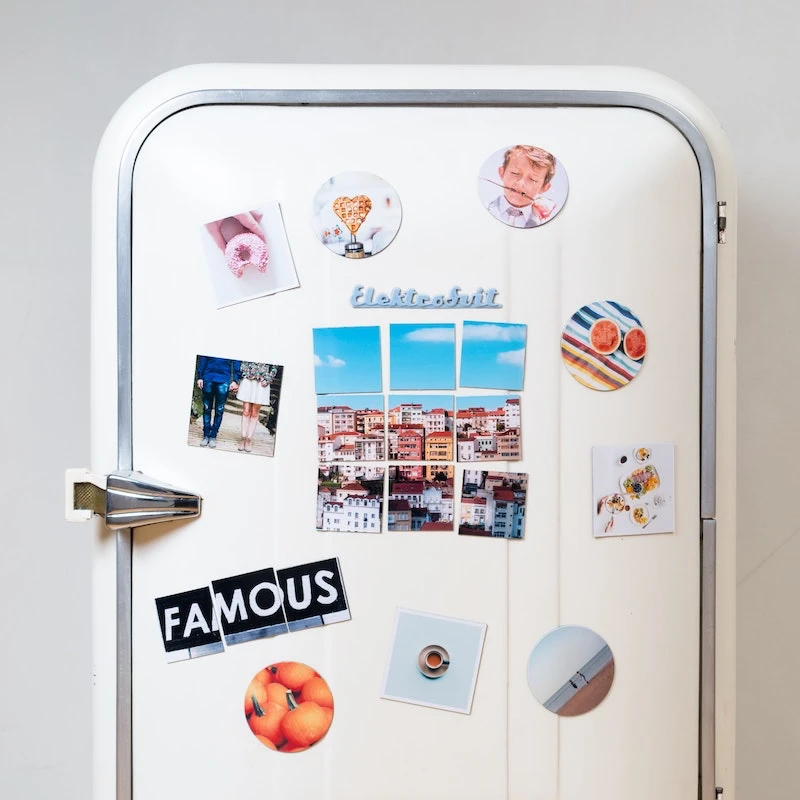
2. Create a Disposable, Non-Stick Work Surface
Gluing, staining, or mixing epoxy can absolutely destroy a workbench. Cling film is the perfect sacrificial shield. Before you start, just lay down a few overlapping sheets of film, pulling it tight so the static holds it in place. When you’re done, you just peel it off, roll up the mess, and toss it. Your bench is spotless.
This works because polyethylene is a non-stick surface for most glues, including wood glue and, more importantly, two-part epoxies. Once the epoxy is cured, it will pop right off the film. This is where that thicker, wider catering film really shines.
3. Mask Awkward Shapes in Seconds
Painter’s tape is a champ for straight lines, but what about doorknobs, light fixtures, or chunky furniture legs? It’s a nightmare. This is where cling film becomes your best friend.
Here’s how easy it is:
- Tear off a generous length of film.
- Starting at the base of the object (like a doorknob), wrap it tightly, overlapping the film as you go so it sticks to itself.
- Smooth it down with your hands. The static will hold it perfectly.
That’s it! I once helped a friend paint a room with an old, ornate radiator that would have taken an hour to tape off. We wrapped the whole thing in cling film in five minutes flat. It was perfectly protected from paint splatters. The time we saved was incredible.
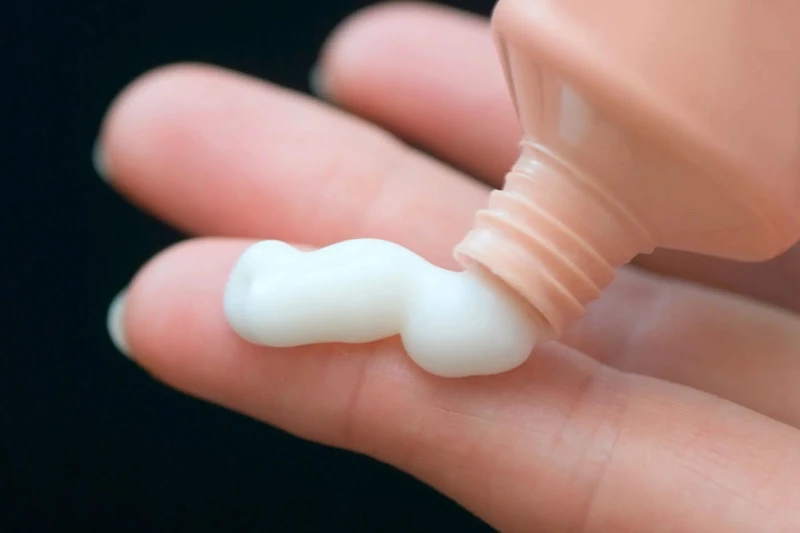
Handy Solutions Around the House
The same logic applies to everyday home maintenance. Just think of it as a temporary barrier against moisture, dust, or air.
1. The Ultimate Refrigerator Dust Catcher
The top of the fridge is a magnet for that sticky, greasy dust that’s impossible to clean. This little trick means you’ll never have to scrub it again. Just clean the top of your fridge once, then lay down a layer or two of cling film. A few months later, when it’s looking grimy, you just peel it off and toss it. The surface underneath is perfectly clean. Apply a new layer and you’re done.
2. Protect Silver and Tools from Tarnish and Rust
For an old silver serving set you don’t use often or for precision tools that are prone to rust (like calipers or plane blades), this works wonders. For silver, wrap each piece tightly to slow down the tarnishing process. For tools, I like to give them a light wipe with a protective oil, like camellia oil, and then wrap them tightly in film. It creates a great barrier against atmospheric moisture.

From my experience, this keeps tools rust-free even in a damp garage. For truly archival protection of priceless collectibles, you’d want to look into specialized VCI (Vapor Corrosion Inhibitor) bags or paper, but for everyday expensive tools, this is a fantastic and cheap solution.
3. Leak-Proof Your Toiletries for Travel
This is, without a doubt, one of the best and most reliable uses for cling film. I learned this the hard way after a bottle of conditioner exploded in my suitcase on a work trip. To prevent this, just unscrew the cap of your shampoo or lotion, place a small square of film over the opening, and screw the cap back on tightly over the film. It creates a perfect gasket that stops leaks caused by pressure changes in an airplane’s cargo hold.
A common question is whether you can reuse it. The answer is no. This is a single-use seal. Once you use your shampoo on your trip, you’ll need a new piece of film to re-seal it for the flight home.
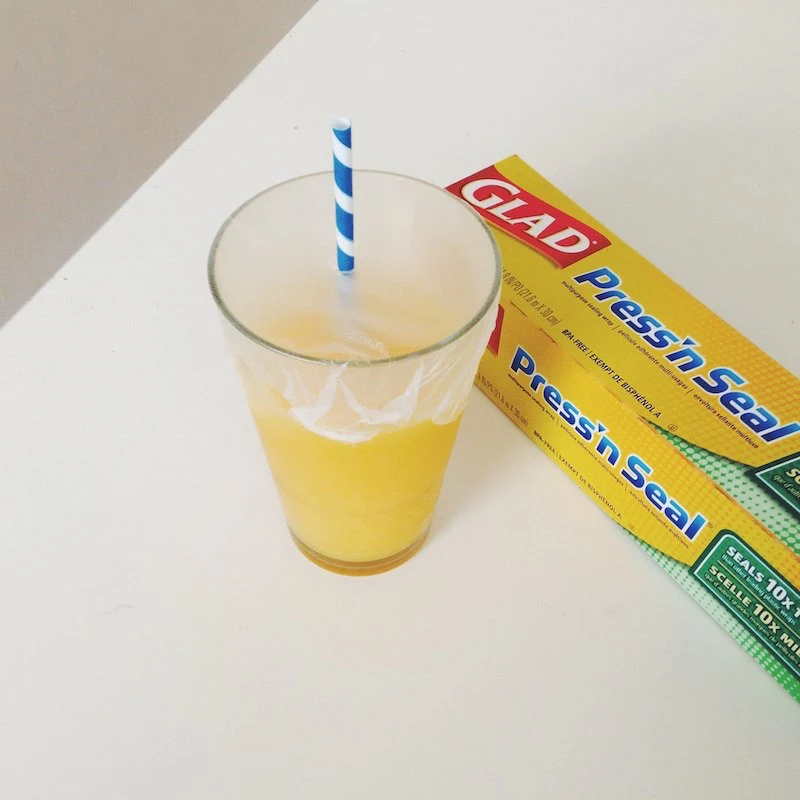
CRITICAL SAFETY WARNING: When You Should NEVER Use Cling Film
Okay, this is important. Being smart with a material also means knowing its dangers. I’ve seen some terrible advice online, and I feel a responsibility to set the record straight.
Do NOT Use It on Wounds. Ever.
One of the most dangerous myths is using cling film to wrap an injury or a medicated cream. Please, do not do this. Wrapping a cut or burn with a non-sterile, airtight covering is asking for a serious infection. It creates a warm, moist environment where bacteria thrive.
Yes, doctors sometimes use a technique called an ‘occlusive dressing,’ but they do it with sterile materials for specific medical reasons, like increasing the absorption of a potent steroid cream. Doing this yourself can cause your skin to break down, create a chemical burn by concentrating an ointment, or even cause a medication to absorb into your bloodstream at a dangerous rate.
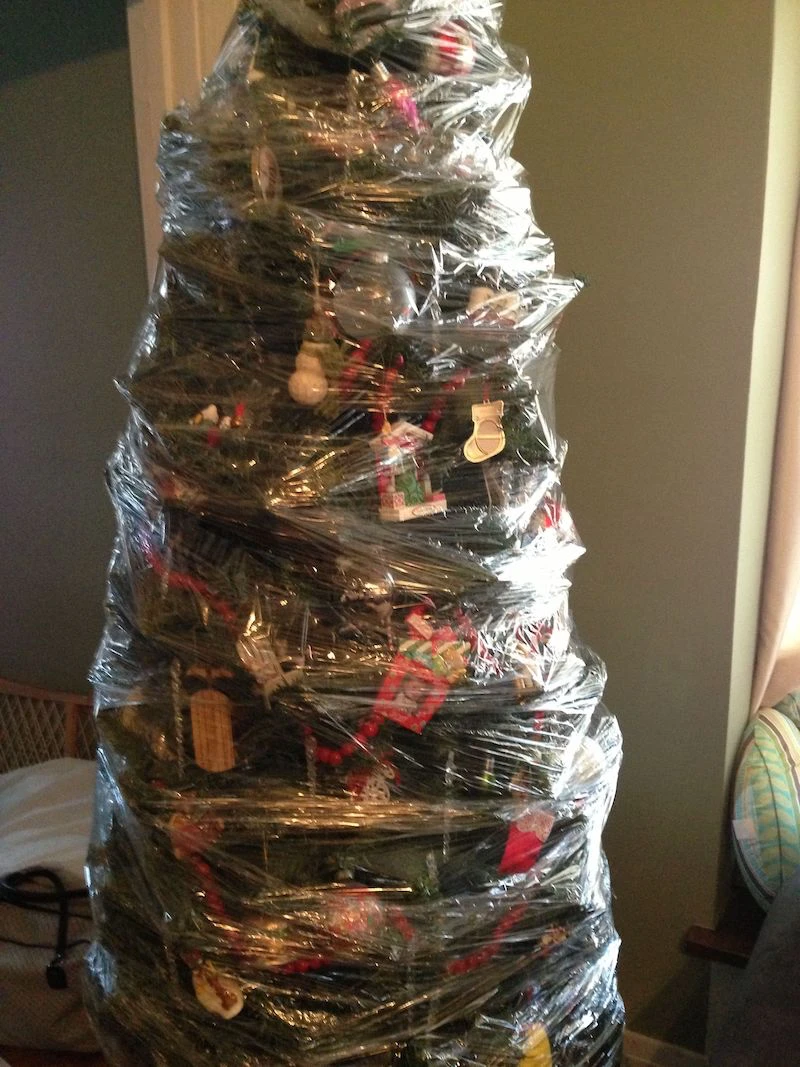
My advice is firm and simple: Never put kitchen cling film on broken skin. Period.
A Quick Reality Check on a Few Other ‘Hacks’
Two other ideas float around that need a dose of realism. The ‘DIY sippy cup’ (stretching film over a cup with a straw poked through) is flimsy and a potential choking hazard for kids. Just use a proper travel mug. The idea of wrapping a fully decorated artificial Christmas tree for storage also sounds better than it is. It often crushes delicate ornaments and traps a year’s worth of dust and allergens inside. You’re better off storing things properly.
My Final Thoughts
Cling film is a genuinely remarkable material. It’s way more than just a food wrap, but only if you respect its properties and limitations. The best uses aren’t magic—they’re just practical science. Use it for your paintbrushes, your workbench, and your travel bag.
And here’s a little challenge for you: try the refrigerator top trick. Clean it, cover it, and then peel it off in a couple of months. The disgusting-yet-satisfying result will make you a believer, I promise!

Inspiration:

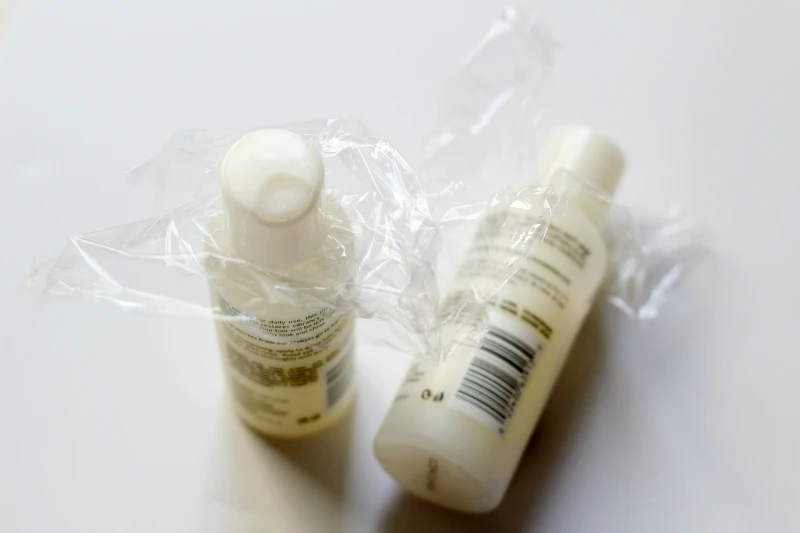
Ever had to throw away a palette of perfectly mixed acrylic paint because you got interrupted?
Here’s a trick from the world of miniature and fine art painting. Create a ‘wet palette’ by placing a damp paper towel in a shallow container. Lay a sheet of parchment paper on top, and put your paints on that. When you need to take a break, simply cover the entire container tightly with a layer of cling film. The film creates an airtight seal that traps the moisture, keeping your acrylics—whether they’re artist-grade Golden or hobby paints like Citadel—workable for hours, sometimes even days.

- Protect your valuable clamps from stubborn, dried wood glue.
- Achieve a cleaner joint without scraping hardened glue off your project surface.
The secret? For a clean glue-up, simply wrap the jaws of your clamps (like those from Bessey or Jorgensen) in a small piece of cling film. Wood glue, like Titebond, won’t stick to the polyethylene, so any squeeze-out peels away effortlessly once dry.
Cling Film: The go-to for quickly masking large or irregularly shaped objects from paint overspray or dust. Think wrapping the legs of a table while you finish the top. It conforms to any shape but won’t give you a sharp edge.
Blue Painter’s Tape: Essential for creating crisp, clean paint lines. Brands like 3M’s ScotchBlue are designed to seal edges and remove cleanly without residue.
Use cling film for broad protection and painter’s tape for precision. They’re partners, not rivals.










